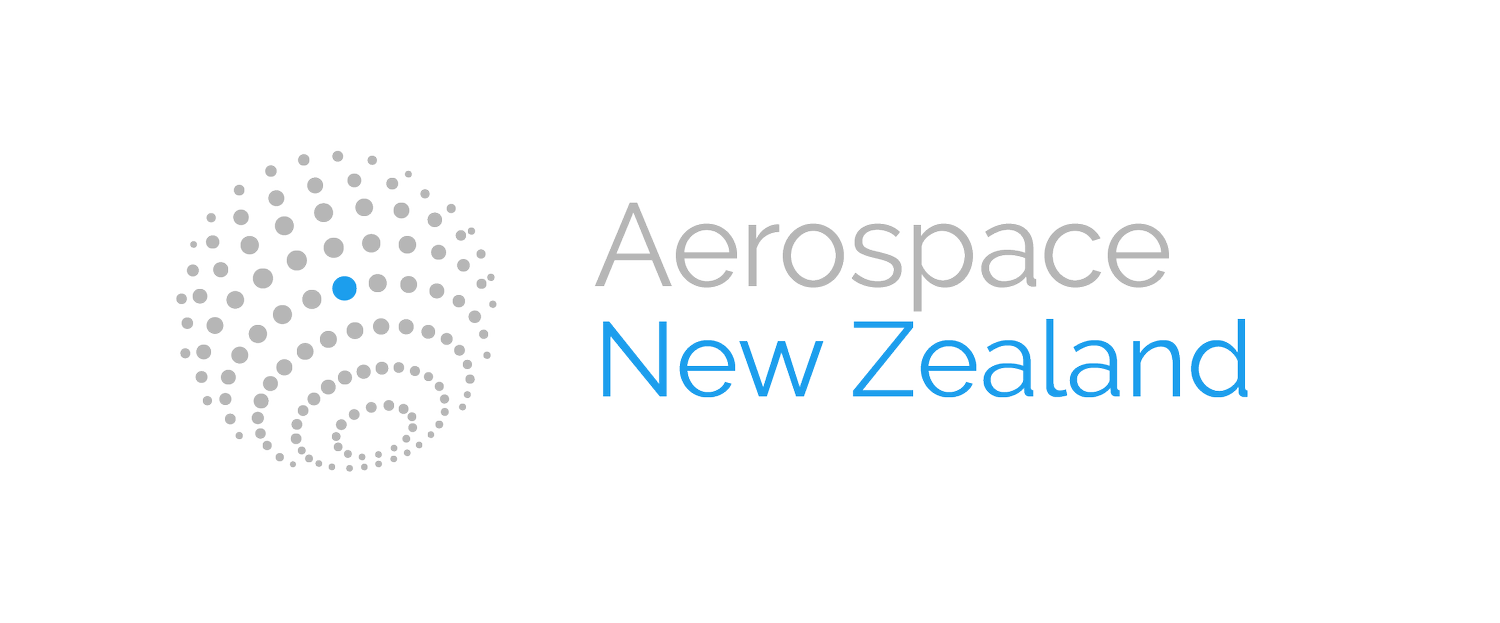Aotearoa’s Aerospace Infrastructure
With the recent unveiling of the Tāwhaki National Space Center, the spotlight has intensified on the crucial role that ground-based infrastructure plays in establishing an aerospace nation. While the marvels of rockets, aircraft, and satellites are often celebrated, the essential infrastructure required to track, manoeuvre, and transform orbital insights into tangible real-world value is less visibly appreciated.
Space Operations New Zealand - Credit Greatsouth.co.nz
Test and launch facilities
Ground-based aerospace infrastructure in New Zealand encompasses a broad spectrum. At the forefront are hardware test and launch facilities, such as Rocket Lab's Mahia Peninsula site, which has emerged as the fourth most active launch site globally. The newly established Tāwhaki National Aerospace Centre marks another significant milestone, serving as Aotearoa's only dedicated advanced aviation test and launch site. Currently, it supports companies like US-based Wisk Aerospace and is preparing for increased activities from firms such as Kea Aerospace and Dawn Aerospace, planning to utilise the horizontal launch facility for testing and launching hardware.
Communication and Tracking
New Zealand's strategic location on Earth offers unparalleled advantages, including clear skies for unobstructed access to space and favourable orbital insertion trajectories. This geographic advantage also provides unique perspectives of the sky not visible from other countries, essential for maintaining communication with orbital assets, trajectory confirmation, debris tracking, and data downlinking.
A pivotal player in this domain is Space Operations New Zealand Ltd, which supports space missions for leading entities like Planet, Spire, and The European Space Agency (ESA). These operations depend on ground-based radars and communication systems to track assets, manage orbits, and facilitate data transfer.
Leo Labs, having recently secured $29 million USD in funding, exemplifies innovation by using their ground-based radars on New Zealand soil to track orbital debris. Partnering with New Zealand firm Ruamoko Solution to construct a groundbreaker radar, Leo Labs Kiwi Space Radar was the first of its now global network of trackers which are addressing some of the industries biggest challenges.
The expansion of New Zealand's aerospace infrastructure, exemplified by initiatives like the Tāwhaki National Space Center, positions the nation at the forefront of global aerospace development. These investments promise to catalyse economic growth, drive technological innovation, and generate high-value jobs, all while aligning with New Zealand's commitment to sustainable space exploration. As we advance, this strategic focus not only boosts New Zealand's role in the aerospace industry but also sets a precedent for environmentally responsible exploration, promising a brighter, sustainable future in the vastness of space.



